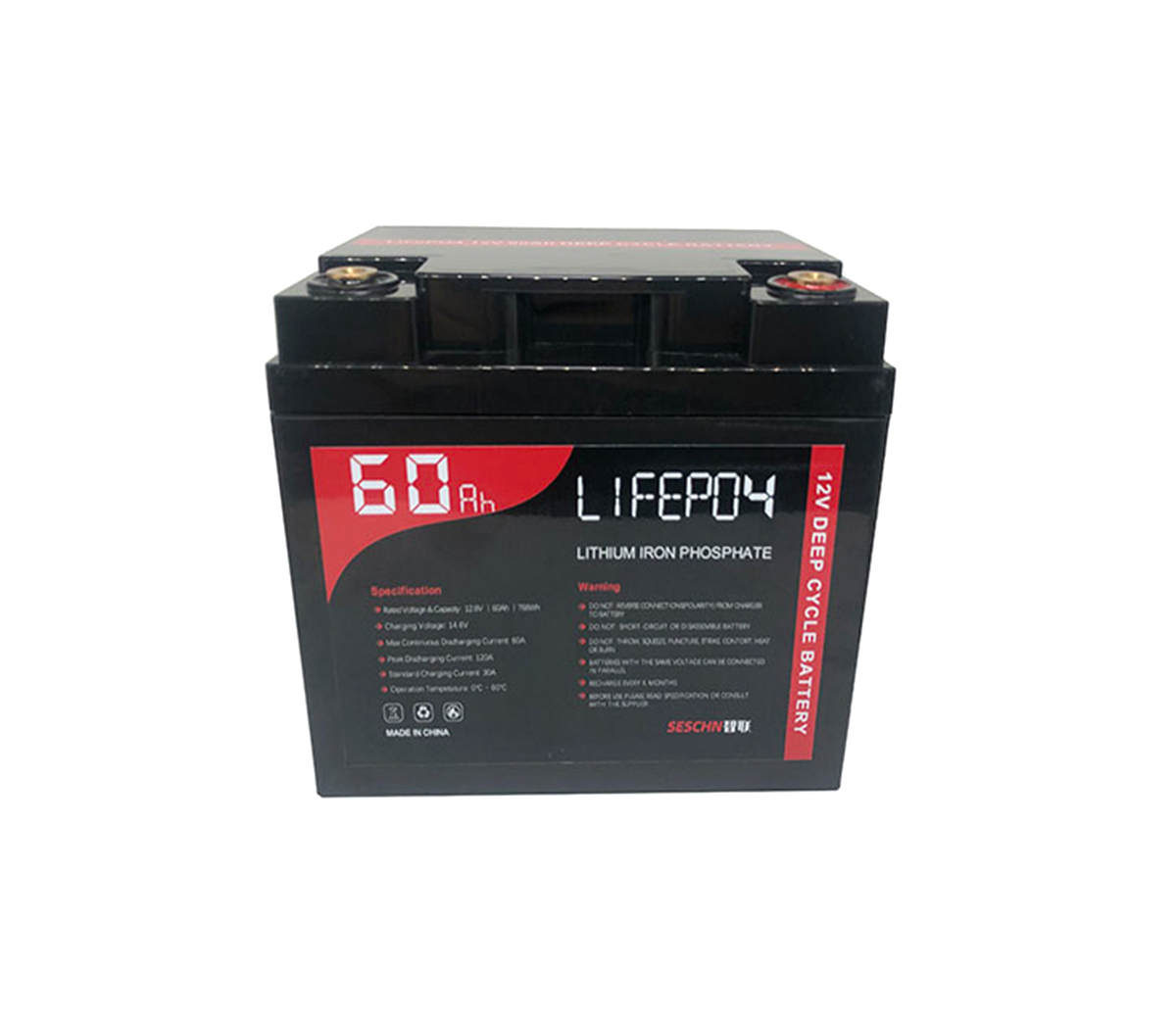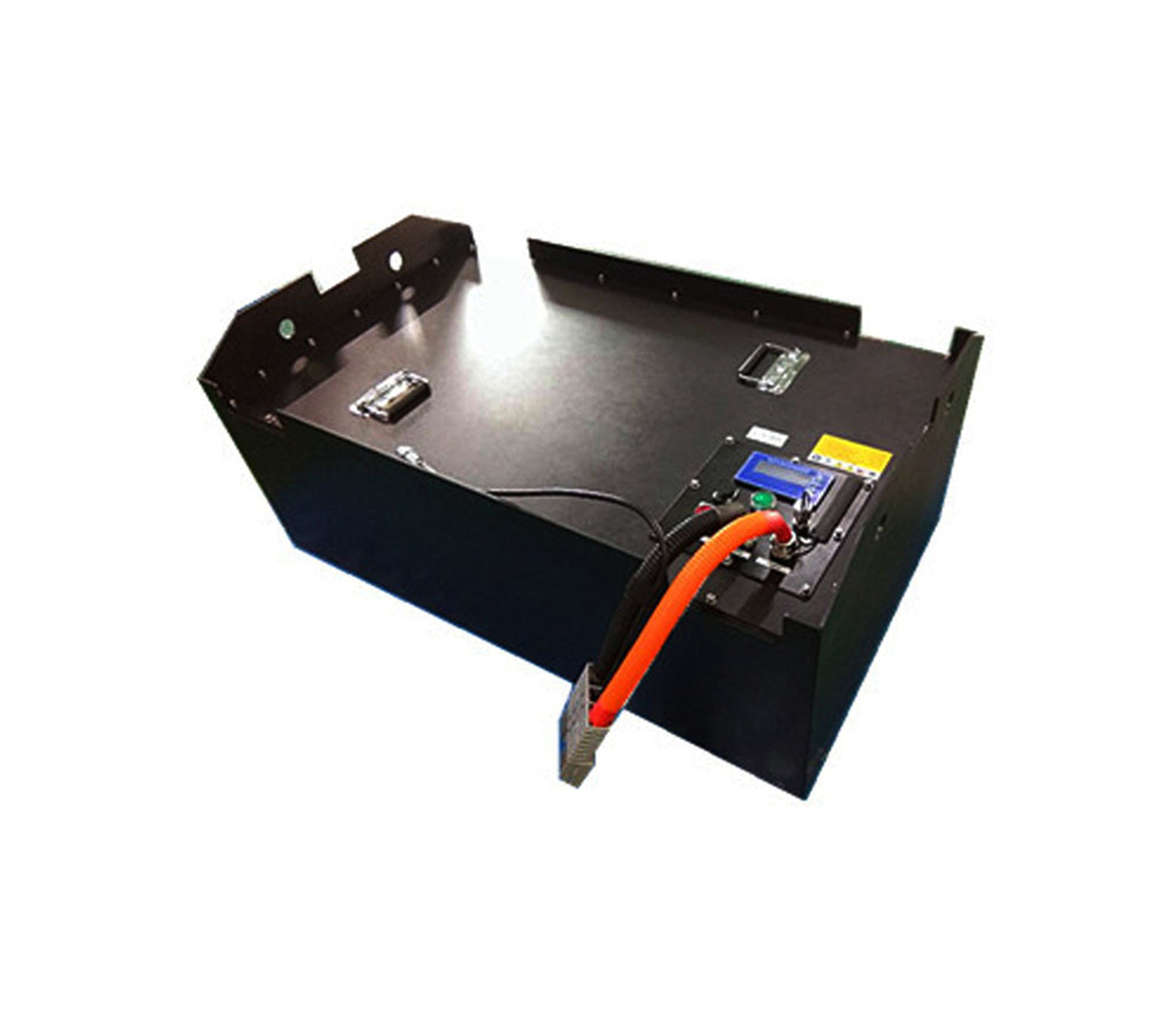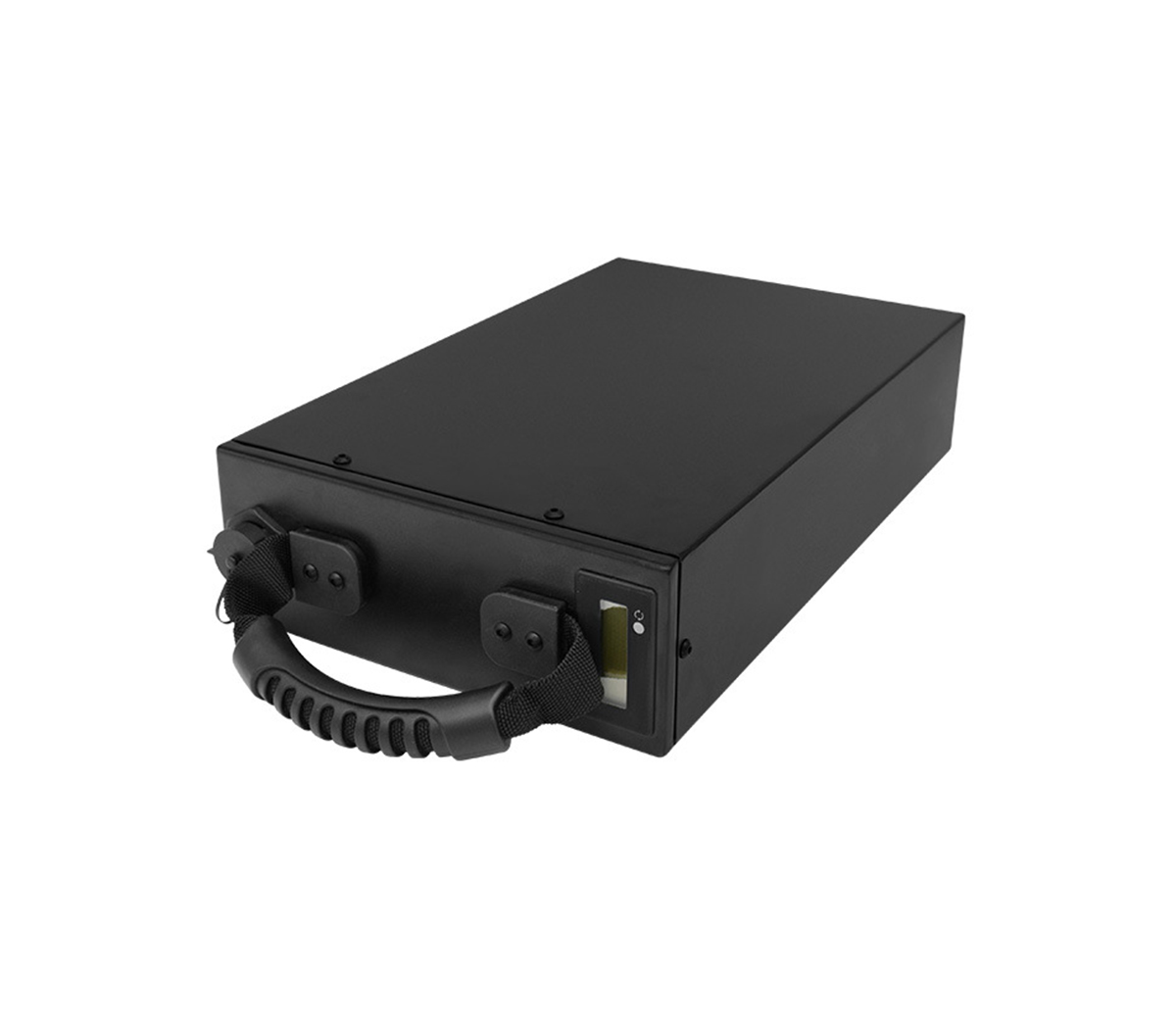
Is there really no breakthrough in battery technology? No. Long-distance
wireless charging, solid-state batteries, microbial fuel cells, charging with
ambient light...too much.
Manufacturers and consumers hope that the battery life of the device can be
extended. Every time a new mobile phone is launched, we will see some new
features, such as higher and higher screen resolutions and better and better
cameras. At the same time, we all Longing for battery life to be extended.
For most people, if they use their mobile phones during the day and day,
they usually charge them at night. Some people simply carry a power bank with
them or look for sockets everywhere. When the electric vehicle revolution is
surging, fast charging and long battery life become the key to the
revolution.
In fact, battery life has been improving, but the benefits of technological
advancement cannot be fully seen in daily equipment.
What else is there? There is also wireless charging. The technology we are
talking about is not about putting the phone on a charging pad, but about
long-distance wireless charging. If wireless charging can be achieved over long
distances, the device can always have electricity, no matter where it is.
current technology
At present, the batteries used in mobile phones and electric vehicles are
still lithium-ion batteries. Lithium batteries charge quickly, can be recharged
many times, and the battery capacity is relatively large. However, current
equipment consumes more power than ever before. If cars want to improve
efficiency, they also need fast charging technology. In the future, batteries
will still play an important role.
Louis Shaffer, an expert at Eaton, a power management solution provider,
said: "We always hear people say that batteries have made breakthroughs, but
mobile phones are still using lithium-ion batteries. Innovation takes time.
Li-ion batteries have been used for more than 30 years. Lithium-ion battery was
invented in the 1980s and finally installed in the iPhone."
Smart lamp manufacturer Tridonic's product manager Chris Slattery believes
that there is an important reason for the slow progress: "Why upgrade your
mobile phone? The shortened battery life of existing mobile phones is an
important reason."
"If the battery life problem can be solved, and the function of the phone
has not changed much, then the main driving force for upgrading a new smartphone
will be one less."
Super capacitor
Many people believe that supercapacitors are the future of energy storage
technology. They can store energy in an electric field without forming a
chemical reaction. The battery will have a chemical reaction. In this way, the
number of charge and discharge cycles of supercapacitor technology will be much
more than that of batteries. .
TaaviMadiburk, CEO of Skeleton Technologies, a global supercapacitor
storage solution provider, believes: "In the future, we will not replace
lithium-ion batteries. Instead, we will combine lithium-ion technology with
supercapacitors to form a hybrid solution."
"In this way, we can combine the high energy density of batteries with the
high power density and high output power of supercapacitors."
"It takes only 2-3 seconds to fully charge the supercapacitor, and the
number of charging and discharging cycles reaches 1 million. Because the
supercapacitor can protect the battery from high surges, the battery life will
be extended by 50%. , The cruising range is extended by 10%."
Skeleton is also improving the grid to power the growing number of electric
vehicles. It believes that large power grids in certain regions will be replaced
by smaller and more dispersed power grids, which are called "microgrids."
Mattiberg added: "We are currently working on supercapacitors as part of the
puzzle."
Solid State Battery
Now a new battery technology has emerged, and it still uses old-fashioned
lithium batteries.
What we are talking about is solid-state battery technology. There is no
electrolyte (used to transfer charged particles), so it is safer than current
batteries and can operate like a super capacitor, which means that it charges
and discharges much faster.
Solid-state batteries are especially suitable for cars. They can deliver
more electricity to cars. Due to the fast charging speed, the waiting time for
drivers at the charging station is greatly shortened.
Toyota scientists have developed a solid-state battery that can charge from
0 to 100% in just 7 minutes.
There is also a promising technology, that is, lithium-air batteries. If
this battery is installed in a car, it can drive 1,100 miles on a single charge.
There is also a "sand battery". Although it is also a lithium ion battery, its
performance is 3 times better than that of a lithium battery, and it is cheaper,
non-toxic and environmentally friendly.
When it comes to improved batteries, graphene batteries may be the most
promising. Graphenano developed the Grabat battery, which has a charging speed
33 times faster than a lithium-ion battery and a higher output power, which is
particularly suitable for automotive use.
Mobile phone without battery
How to make a device without a battery? One way is to reduce the power
consumed by the device to a sufficiently low level. Someone once made a mobile
phone that does not require a battery. It consumes very little power. The
components used in the mobile phone are quite ordinary and anyone can buy
it.
This mobile phone was designed by engineers from the University of
Washington. It can draw power from the environment. The mobile phone has an
antenna that collects energy from radio signals and light, and then stores it in
miniature solar cells.
In the end, the mobile phone can run with only 3.5 microwatts of power.
However, the function of the mobile phone is limited and it can only make calls.
If a spare mobile phone can be made, the size is about the same as a micro
credit card, and it can be easily put in the wallet, which may be very
attractive to some people.
Environmental power supply
We also see some other breakthrough technologies that draw electricity from
the environment. There is a technology that uses sound and nano generators, you
can generate electricity and charge the phone when you talk to the phone.
MIT scientists once demonstrated a technology to extract electricity from
air and water, but at present scientists can only "create" 1 microwatt of
electricity. If the above methods are combined and improved, it may be able to
bring breakthroughs and open up The door to the future.
Air Power
It has always been a human dream to transmit electricity from the air. It
can be traced back to Nikolas Tesla (Nikolas Tesla), but it is only recently
that air charging has become a reality. There is a company that claims to have
mastered this technology, it is uBeam, its technology is more advanced than Qi
wireless charging, Qi technology can only be charged at close range, and many
smartphones already support it.
The uBeam system was developed by Meredith Perry, a 25-year-old
astrophysics graduate student, who has received $28 million in financing. uBeam
uses microwaves to transmit energy and can charge the device across the room
several meters apart. Berry once showed how to use new technology to charge
mobile phones. He said that TVs, computers, and cars can all be used.
However, uBeam consumes a lot of electricity, has a high manufacturing
cost, and has a relatively slow charging speed. However, uBeam does not use
cables. It may point the way for the future. In the future, we no longer need
batteries.
If the uBeam system can run efficiently, be deployed on a large scale, and
become a mobile phone network-like system, we can allow the device to draw power
from the system. In this way, mobile phones and electric cars do not have to be
charged.
Is a future like this really close at hand? I'm afraid not.
Manpower charging
Now things are getting interesting, in fact, we can draw electricity from
humans. Simply put, it is to charge the device through human movement.
Scientists have already demonstrated the technology. They power 12 LED
bulbs. The way humans use devices has not changed, and the direction of this
technology should be correct. How did you do it? Scientists put the 50-nanometer
thin gold film under the silicone rubber nano-pillars, so that the area in
contact with the skin will be maximized. The greater the contact surface, the
greater the friction, and users only need to wear the device to charge. This
technology is particularly suitable for wearable devices.
The Bill Gates Foundation has also developed a new technology that can
collect electricity from urine and charge a mobile phone without any problem.
The new battery is called "Microbial Fuel Cell."



































